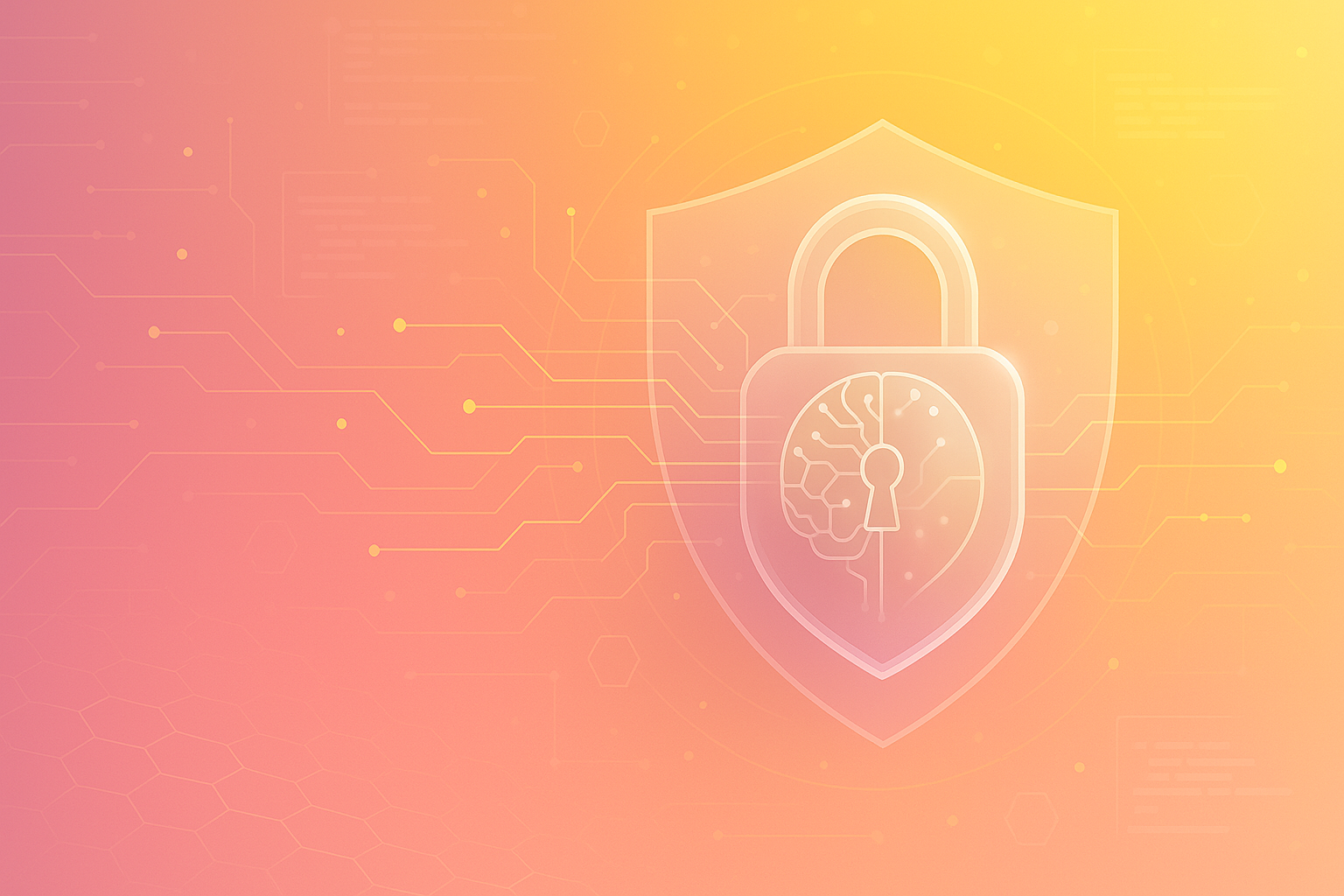How Evermuse Keeps Your Research Data Private and Secure
Learn how we protect your research data with strong authentication, encryption, secure development practices, and privacy-by-design principles.
•Security Team
TechProductBusiness

At Evermuse, protecting your research data is a core product requirement—not an afterthought. We combine strong authentication, strict authorization, encrypted infrastructure, and a disciplined Secure SDLC to keep your information private and secure. For our formal policy, see the Evermuse Secure Development Policy.
Authentication and Session Security
- Federated sign-in: Secure Google and Microsoft sign-in, validated server‑side. We never trust client tokens alone.
- Token security: Access tokens are verified and refreshed server‑side; delivery is controlled via secure headers or HttpOnly cookies (with Secure and SameSite policies) depending on environment.
- Defense against CSRF/XSS: Cookie configuration and server validation reduce common web attack surfaces.
Authorization and Tenant Isolation
- Workspace‑level access control: Every sensitive request verifies that the authenticated user belongs to the workspace in question.
- Server‑enforced checks: Authorization runs on the server for consistency and to prevent client bypass.
Data Access: Backend‑Only via DAOs
- No direct client database access: All reads/writes happen strictly on the backend through dedicated DAOs, enabling auditability and consistency.
- Atomic operations: We use batched writes where appropriate to ensure data integrity across multi‑document changes.
Data Protection in Transit and at Rest
- Encryption everywhere: Data is encrypted at rest (managed by our cloud providers) and in transit (TLS) end‑to‑end.
- Time‑bound file access: Private files are delivered with short‑lived, signed URLs so access is limited and traceable.
- Scoped storage access: Storage rules require authentication for private paths, with minimal, intentional public surfaces (e.g., logos).
Secrets and Configuration Management
- Environment‑based secrets: Credentials and API keys are never hardcoded; they’re provided securely via environment variables.
- Least privilege: Access is minimized to what’s necessary for each service and each tenant (workspace).
Auditing and Accountability
- Usage and activity logs: We log key workspace activities to support billing accuracy, operational debugging, and anomaly detection.
- Operational visibility: Structured logging helps us spot and respond to unusual patterns quickly.
Secure SDLC: Built‑in Security
- Clear roles and training: A Security Lead coordinates vulnerability intake and remediation; all team members receive secure‑development orientation and updates.
- Security requirements and threat modeling: We define security requirements early, review high‑risk areas (auth, APIs, storage), and iterate as features evolve.
- Code review, SAST, and SCA: Peer reviews and automated scanning during development; critical issues are remediated before release, others are tracked and scheduled.
- DAST on deployed apps: We test running systems with industry‑standard tools and fix issues quickly.
- Annual third‑party pentests: Independent experts validate our controls and help us improve.
Vulnerability and Incident Management
- Continuous scanning and patching: We proactively monitor dependencies and prioritize security updates.
- Incident response: We rapidly assess, contain, notify, and remediate, followed by post‑incident reviews to strengthen defenses.
Third‑Party Integrations
- Assessed providers: We evaluate the security posture of third‑party APIs and services before integration.
- Scoped data sharing and key hygiene: Only the minimum data is shared; all keys are managed securely via environment variables.
Privacy by Design
- Data classification and controls: Confidential data—such as transcripts and AI outputs—is guarded by authentication, tenant isolation, and short‑lived access links.
- Minimal data retention: We collect and retain only what’s needed to deliver product value.
Change Management and Continuous Improvement
- Version control and review: Significant changes are reviewed with security in mind and tracked via Git.
- Policy updates and learning: We regularly revisit our policies and implementations as best practices and threats evolve.
📄 Learn More
To learn more, read the Evermuse Secure Development Policy.